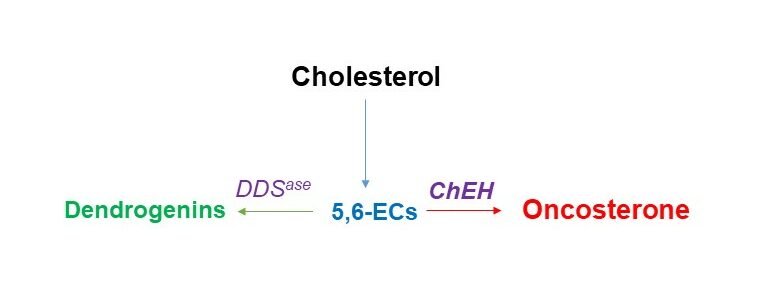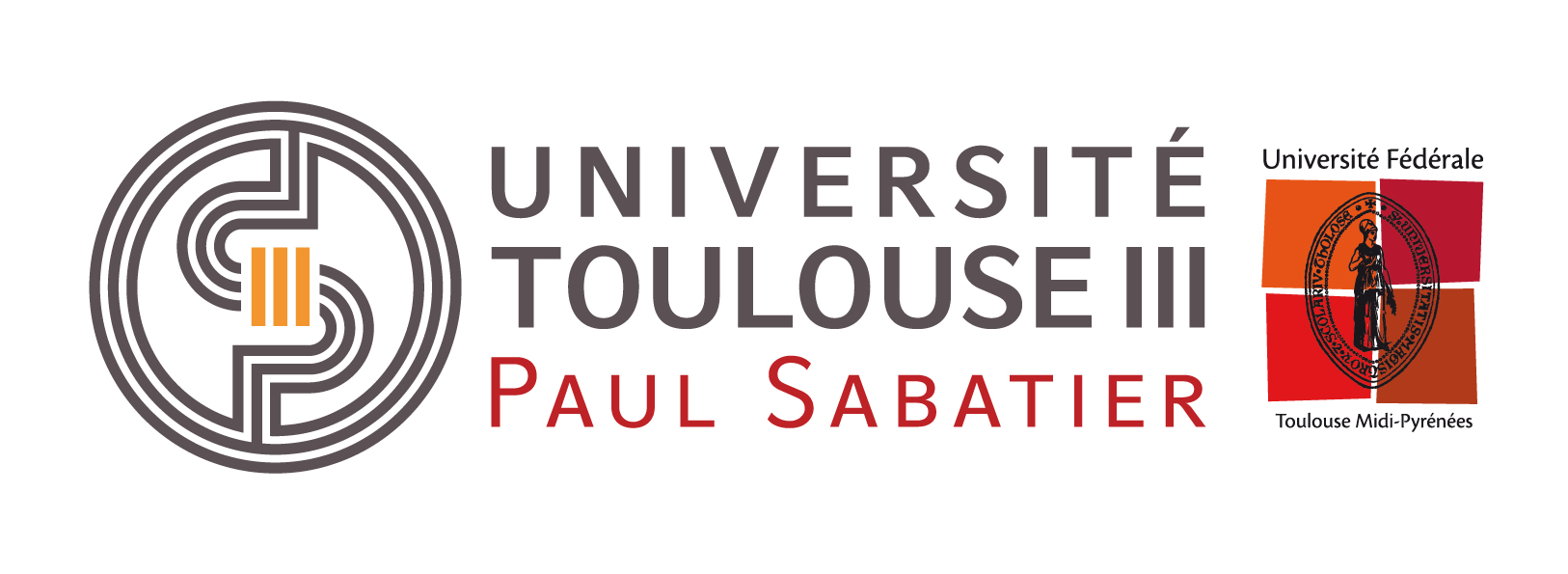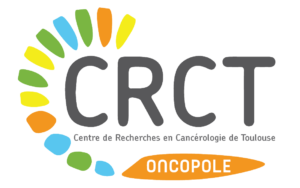The Enzyme Cholesterol-5,6-Epoxide Hydrolase: A Key Regulator in Various Diseases
Cholesterol;
Oxysterol;
Dendrogenines;
Oncosterone;
Exosomes;
Autophagy;
Cell differentiation;
Cell proliferation,
Cancer,
Neurodegeneratives diseases.
Marc Poirot, Sandrine Silvente Poirot and Philippe de Medina équipe INOV – Cholesterol Metabolism and
Therapeutic Innovations
Cholesterol-5,6-epoxides (5,6-ECs), a type of cholesterol oxidation products, are implicated in various diseases, including cancer and neurodegenerative diseases. 5,6-ECs are present in the form of two distinct isomers: 5,6α-EC and 5,6β-EC, each following different metabolic routes. The epoxide rings of 5,6α-EC and 5,6β-EC are particularly stable. These 5,6-ECs are subject to hydration by cholesterol-5,6-epoxide hydrolase (ChEH), resulting in the formation of a compound that can undergo further enzymatic oxidation and generate oncosterone which is carcinogenic. Interestingly, 5,6α-EC is prone to enzymatic conjugations, leading to the formation of bioactive lipids such as dendrogenin A, which is a tumor suppressor metabolite. This highlights the existence of a new metabolic branch in the cholesterol pathway, centered on 5,6α-EC, which generates new bioactive lipids, and that is controlled by ChEH. Knowledge of this pathway provides new clues to understand metabolic deregulations linked to carcinogenesis and neurodegeneration, and also offers new promising therapeutic targets to prevent and treat these diseases.
The demonstration of metabolic sensors of a recently discovered pathway shown to be involved in the control of carcinogenesis constitutes a breakthrough discovery. It provides essential tools for the phenotypic characterization of tumors by allowing the identification of genes involved in the production and activity of these new bioactive lipids. The levels of these metabolites in addition to the expression of the enzymes that produce them will make it possible to establish a metabolic signature of tumors with a perspective for personalized medicine applications.
We are continuing to explore this metabolic pathway which generates, in addition to dendrogenin A and oncosterone, other metabolites whose preliminary data concerning their biological properties will undoubtedly make them important physiological players in the coming years. The pharmacological targeting of ChEH constitutes an ambitious and promising medium-term objective for anti-cancer and anti-neurodegenerative therapeutic applications.
Several patents are associated with this publication

Cholesterol is prone to epoxidation that gives rise to oxysterols known as 5,6-epoxycholestanols (5,6-EC). The cholesterol-5,6-epoxide hydrolase (ChEH) is the hydrolytic enzyme for 5,6-EC involved on the first step in the biosynthesis of oncosterone, which is a carcinogen that appears in cancers. 5,6-EC can undergo a transformation by conjugation via a dendrogenin synthase (DDSase) to give ddendrogenins. Dendrogenin A is a tumor suppressor metabolite.
Discover the published article
Adv Exp Med Biol . 2024:1440:149-161.doi: 10.1007/978-3-031-43883-7_8.
The Cholesterol-5,6-Epoxide Hydrolase: A Metabolic Checkpoint in Several Diseases
Philippe de Medina, Silia Ayadi, Khadijetou Diallo, Julio Buñay, Laly Pucheu, Regis Soulès, Michel Record, Severine Brillouet, Lavinia Vija, Frederic Courbon, Sandrine Silvente-Poirot, Marc Poirot
Collaborations and partnerships
- Ligue Nationale contre le Cancer,
- INCA,
- ANR,
- Associations : « Elles » et « J’y vais »

Toulouse Cancer Research Center (Oncopole)
Toulouse - FR
Contact us
+33 5 82 74 15 75
Want to join
the CRCT team ?




